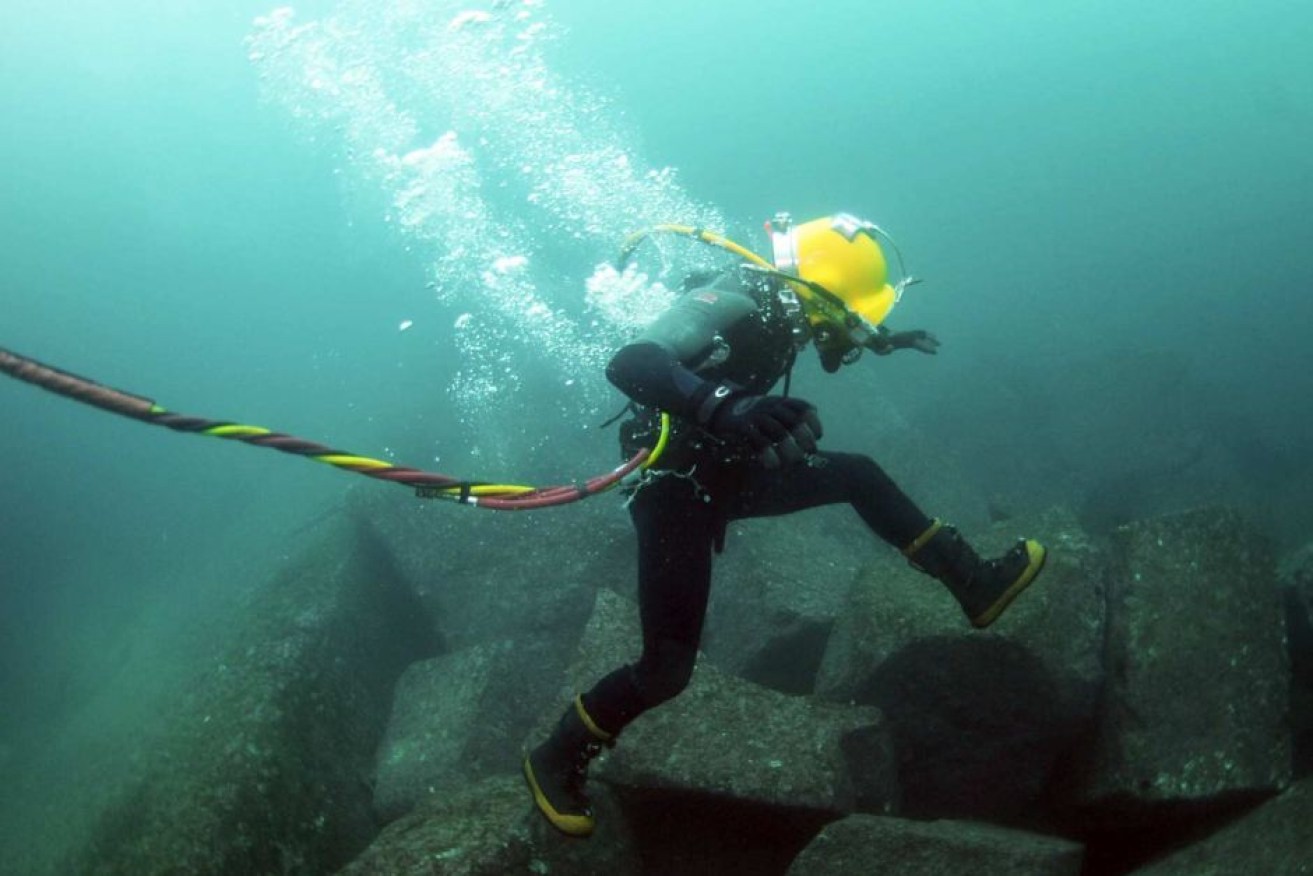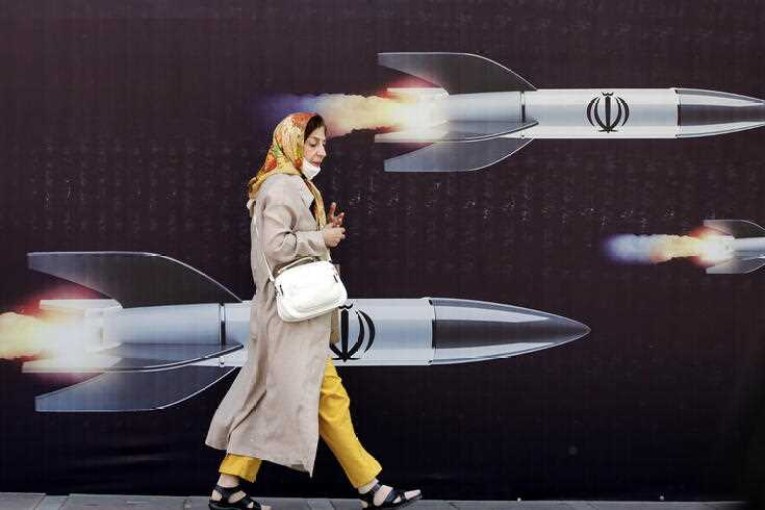Warfare’s next frontier might be the ocean floor

Currently militaries of all stripes are vulnerable on the ocean floor, but that could soon change. Photo: US Navy
The Earth’s resources have long been a trigger for armed conflict — be it over oil, water, or food.
But in the coming decades, conflicts over resources may increasingly take place under water, given the ocean floor’s potential for both resource mining and military surveillance.
Scattered across the seabed are compounds that contain rare earth elements — they’re the building blocks of our modern world, and are used to make smartphones, electric cars, advanced medicines and missiles, among a raft of other technologies.
The world’s reliance on China as a source for rare earth elements came into the spotlight this year during US-China trade war tensions, after Beijing threatened to restrict its rare earth exports in May.
A number of countries and companies are sending vessels to scour the sea floor to assess whether deep-sea mining is commercially viable.
But what exactly will this look like — and will it change the world’s security landscape?
How are rare earth minerals mined underwater?

Rare earth deposits like this take at least 30 million years to form under the sea. Photo: ABC
Deep sea mining exploration began in the 1960s with the discovery of high-grade manganese nodules: compounds about the size of an egg or a potato, lying at the bottom of the sea.
These polymetallic nodules carry multiple metals like cobalt, nickel and copper in the one deposit — and they also have the potential to contain rare earth elements.
“They lie like potatoes on the seabed in soft sediments, and they’re quite dense in some places,” Neville Exon, a professor in geoscience and sedimentology at the Australian National University, told the ABC.
These high-grade manganese nodules are very valuable to mining companies, but there’s a catch.
“One of these potato-sized nodules can maybe take 30 million years to form, so if you mine an area, the deposit isn’t coming back,” Professor Exon said.
For deep sea miners seeking a more long-term source of rare earth elements, there are two other options.
One is relatively easy: fissures on the seafloor, known as hydrothermal vents, can spew out mineral-rich deposits which end up landing on the seabed nearby, meaning a mining company would just need to design the right tools to pick them up.
The other is more complex: similar deposits also exist in the crusts of underwater volcanic mountains, which miners could essentially scrape off.
However the terrain would be steep, and Professor Exon said these crusts can be up to a metre thick.
How could the seafloor be used for war?

China has turned a number of low-lying reefs in the South China Sea into military installations. Photo: ABC
Leszek Buszynski, a professor at the Australian National University’s Strategic and Defence Studies Centre, said tensions between China and the US were already playing out in the western Pacific, regarding China’s territorial claims in the South China Sea.
That body of water is rich in resources, and is home to competing territorial claims from various South-East Asian countries.
China claims almost all of the South China Sea, and has converted a number of low-lying reefs into military installations.
Professor Buszynski said China’s efforts in the South China Sea indicated a “long-term goal” to reduce the US’s military dominance in the western Pacific.
But Dr Guha said a greater understanding of the South China Sea’s ocean floor could give the US the ability to counter China’s efforts and aid its broader “Swiss cheese-style” war strategy.
First voiced by US Navy Admiral Samuel J Locklear III, this analogy visualises an adversary’s military defences as a block of Swiss cheese, where each hole is seen as a potential vulnerability, which the US could exploit.
Dr Guha told the ABC this concept could be expanded beyond its battle-centric focus to also include attacks on civilian infrastructure, finance and cultural systems.
One example Dr Guha cited, specific to the military domain, was the potential for the US to deploy seabed sensors in the Malacca Strait — a shipping route between Malaysia and Indonesia vital to international trade — in order to track Chinese naval movements.
In turn, the Chinese could do the same to Western-allied vessels in the South China Sea.
Dr Guha added that any military with a superior knowledge of the seabed could weaponise their information, by intentionally releasing false maps or thermal readings, with the aim of sabotaging an adversary’s deep sea strategy.
“The undersea domain provides another vector, another potential ‘hole’ that the Americans would look to penetrate,” he said, adding that the US’s underwater technology was 20 to 30 years ahead of China’s.
“You want to pick and choose where you hurt the adversary to such an extent that their whole system collapses.
“That’s the idea of multi-domain warfare … the idea is to bring about systemic collapse.”








